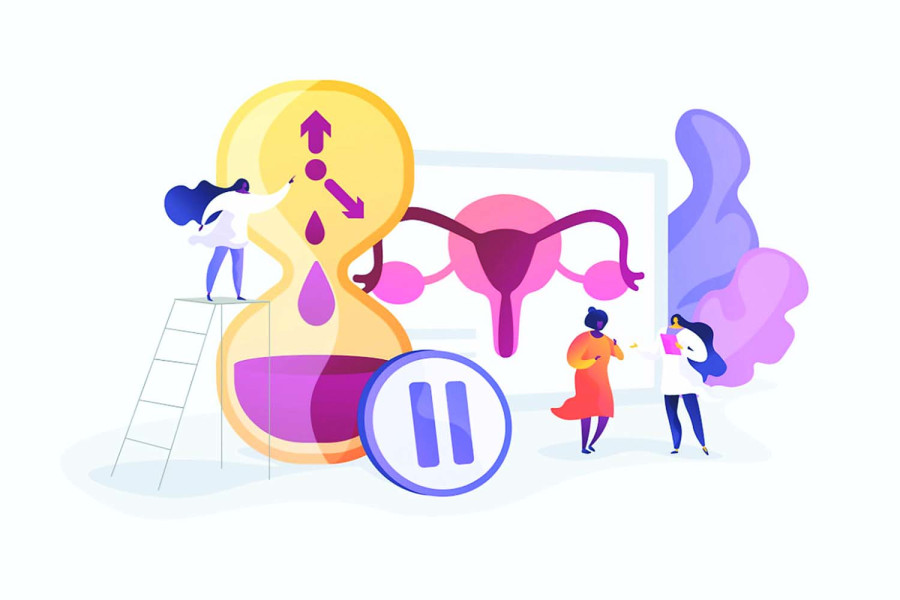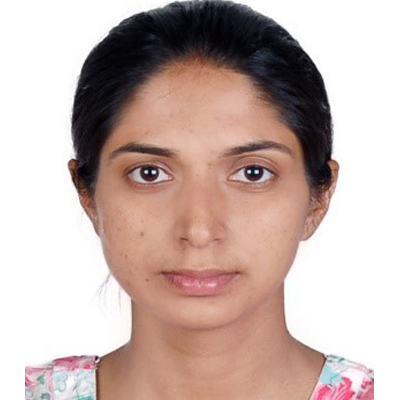Columns
Post-menopause healthcare
As the population continues to age, support for middle-aged women has become crucial.
Dushala Adhikari
Nepal has achieved a considerable reduction in maternal mortality over the past three decades, building on years of societal transformation through political changes, development activities and the availability of health care. A few other conditions affecting women’s health, such as pelvic organ prolapse (fallen womb) have also received attention from the government and its partners in recent years, following sustained advocacy and support. However, more is needed for keeping the country’s progress on track to achieve the Sustainable Development Goal Target 3.7 of ensuring access to sexual and reproductive health services.
The challenge ahead is to provide previously unreached groups of Nepali women with quality health services based on scientific evidence, international practices and local context; equitably so as to achieve universal health coverage. Adverse health conditions related to menopausal transition are such issues that demand urgent attention. Menopausal transition, characterised by the cessation of menstrual periods for more than 12 months, is a natural phase in women’s mid-age (usually ranging between 40 to 60 for Nepali women). However, most women experience erratic menstruation and anaemic symptoms, hot flushes, night sweats, heart discomfort, muscle and bone-related problems, sexual and urinary difficulties, depressive mood or mental exhaustion in differing forms and extent depending on their biological and social circumstances.
Adverse outcomes
Nepali women beyond childbearing age (a fifth of all Nepali women) are missed by ongoing sexual and reproductive health programmes. As many as 87 percent of these women experience one or more adverse physical or psychological outcomes directly related to menopause. Among them, the impoverished and socio-culturally marginalised are more likely to require health and social care to cope with the conditions compared to their privileged counterparts, exacerbated by pre-existing reproductive health conditions or non-communicable diseases. However, purchasing imported medicines or utilising other commercially available therapies is well beyond their financial capacities.
Sexual and reproductive health service providers working in government health facilities such as health posts, primary health care centres and municipal hospitals are willing to deliver menopausal health services. Some policymakers and programme managers within the Ministry of Health and Population are also eager to introduce menopausal health care in the range of services for women. They have demanded the inclusion of menopausal services in governmental health policies, strategies and plans; followed by training and logistical support. Providing menopausal services will, however, not require major changes in the government’s existing healthcare delivery system.
Several international declarations have highlighted the need to address the health concerns of women of all ages and life stages, including those in the menopausal transition. They include the Programme of Action adopted by the International Conference on Population and Development in Cairo, 1994; the Fourth World Conference on Women, 1995; a resolution passed by the United Nations General Assembly in 2005; and strategies recommended by the World Health Organisation, 2013 and United Nations Office of the High Commissioner for Human Rights, 2014. Besides, some regulatory bodies and professional societies (mostly in high-income countries) have urged policymakers and practitioners to provide healthcare and related support responding to menopausal women’s needs.
Several options are available for addressing menopausal women’s healthcare needs. Of these, hormone replacement therapy (synthetic equivalents of oestrogen and progestogens) is widely recommended and is effective in lessening menopausal symptoms quickly. However, they are also known to cause serious longer-term consequences, including stroke, gall bladder disease and breast or ovarian cancer. Other options include non-hormonal medicines, complementary and alternative medical care, and non-medical management (such as the adoption of a healthy diet, physical activities and controlling body weight). Besides, the application of local remedies by Nepali women, based on traditional knowledge and practices, should be explored and examined for their usefulness.
Providing a carefully selected combination of some of these choices through the government’s publicly financed healthcare delivery system—in a way that is accessible without any of the systemic impediments and with meaningful participation of menopausal women—is necessary to prevent adverse consequences and promote their general health, but this is not sufficient.
Important changes
During the menopausal transition, women undergo important changes in their family, work-related and social roles, all of which are affected by the adverse health outcomes that occur concomitantly with menopausal symptoms. Therefore, these women need targeted social support to ensure a smooth passage through the menopausal transition and enable them to enjoy the best possible experiences post-menopause. Also, it is important to exercise regulatory controls for preventing unnecessary medicalisation and commercialisation of menopausal healthcare.
Some efforts are underway to assist the government and its partners in addressing the health and social care needs of Nepali menopausal women. They include exploring prerequisites and procedures for integrating menopausal healthcare in the broader purview of sexual and reproductive health services; and creating an environment conducive for menopausal women to enjoy their liberation from health problems related to menstruation, pregnancy and childbirth.




 14.83°C Kathmandu
14.83°C Kathmandu















